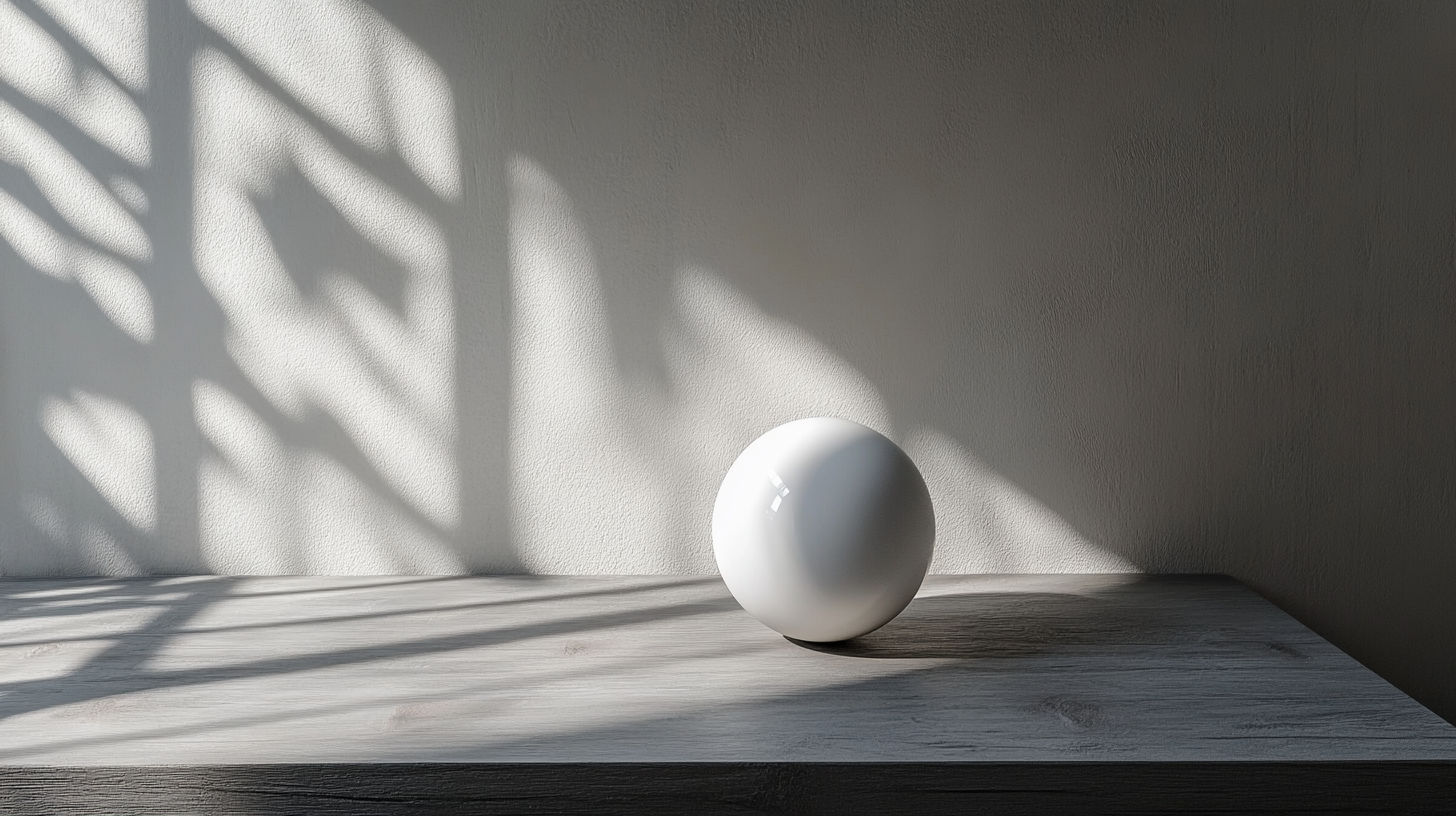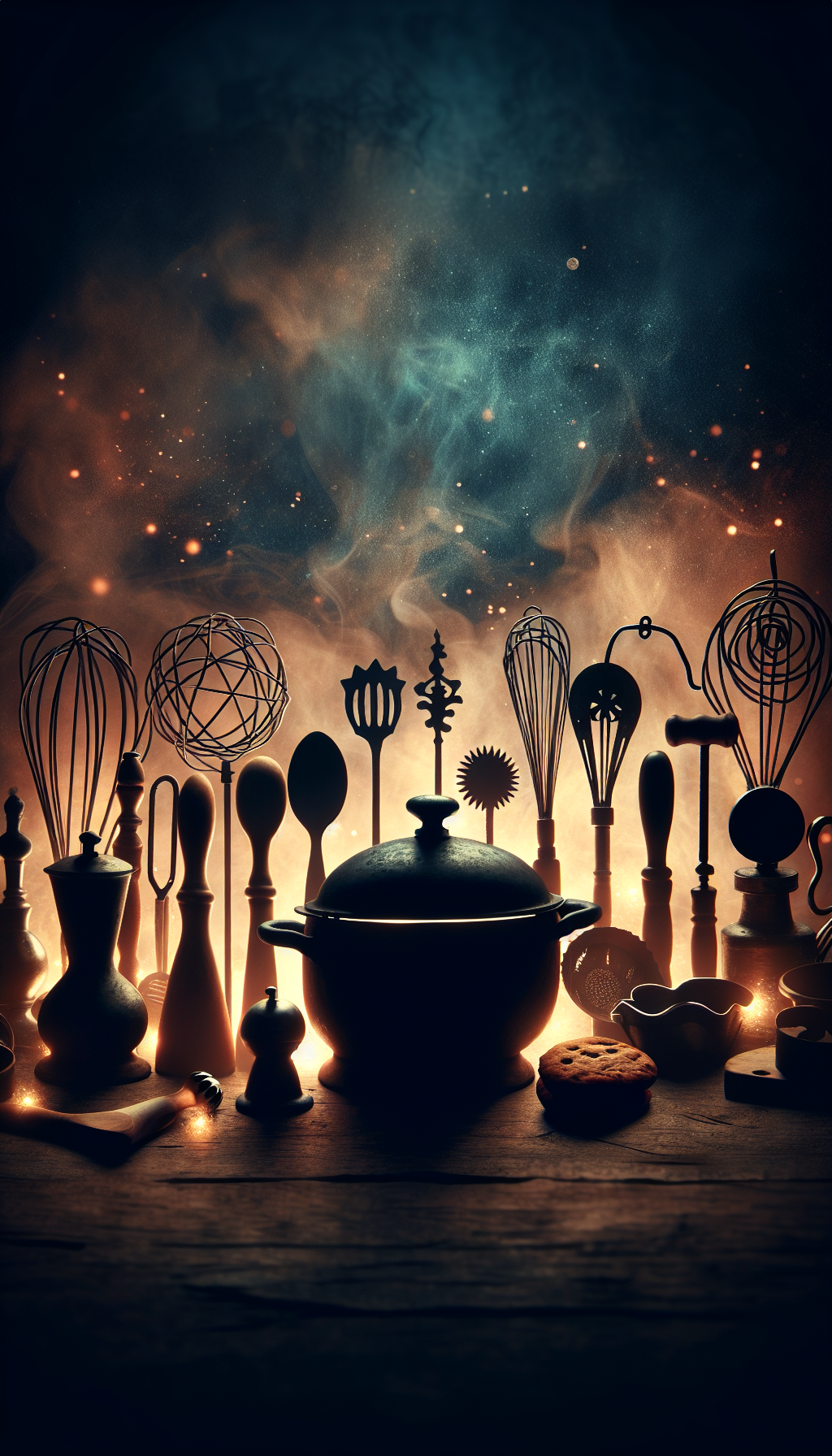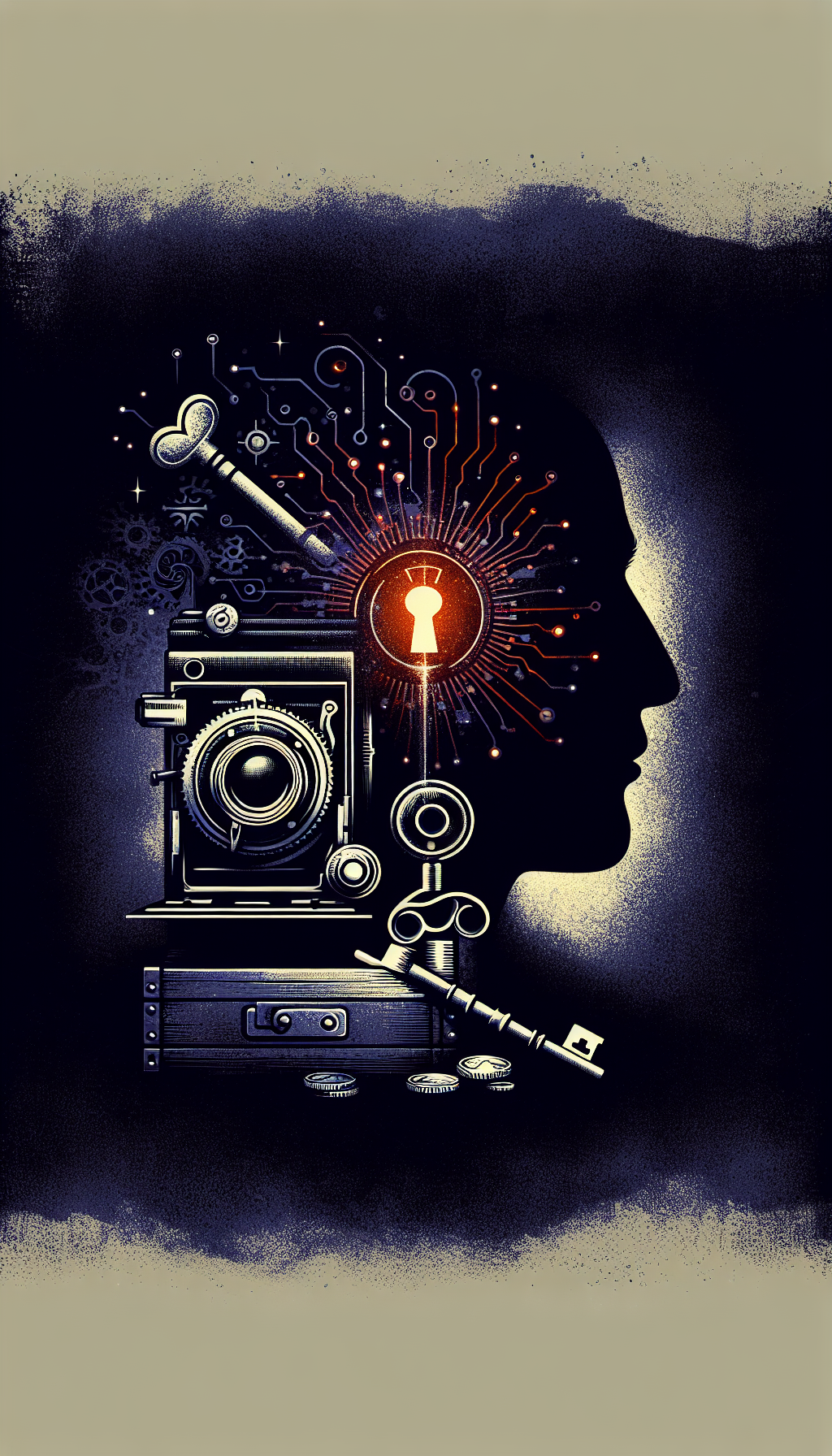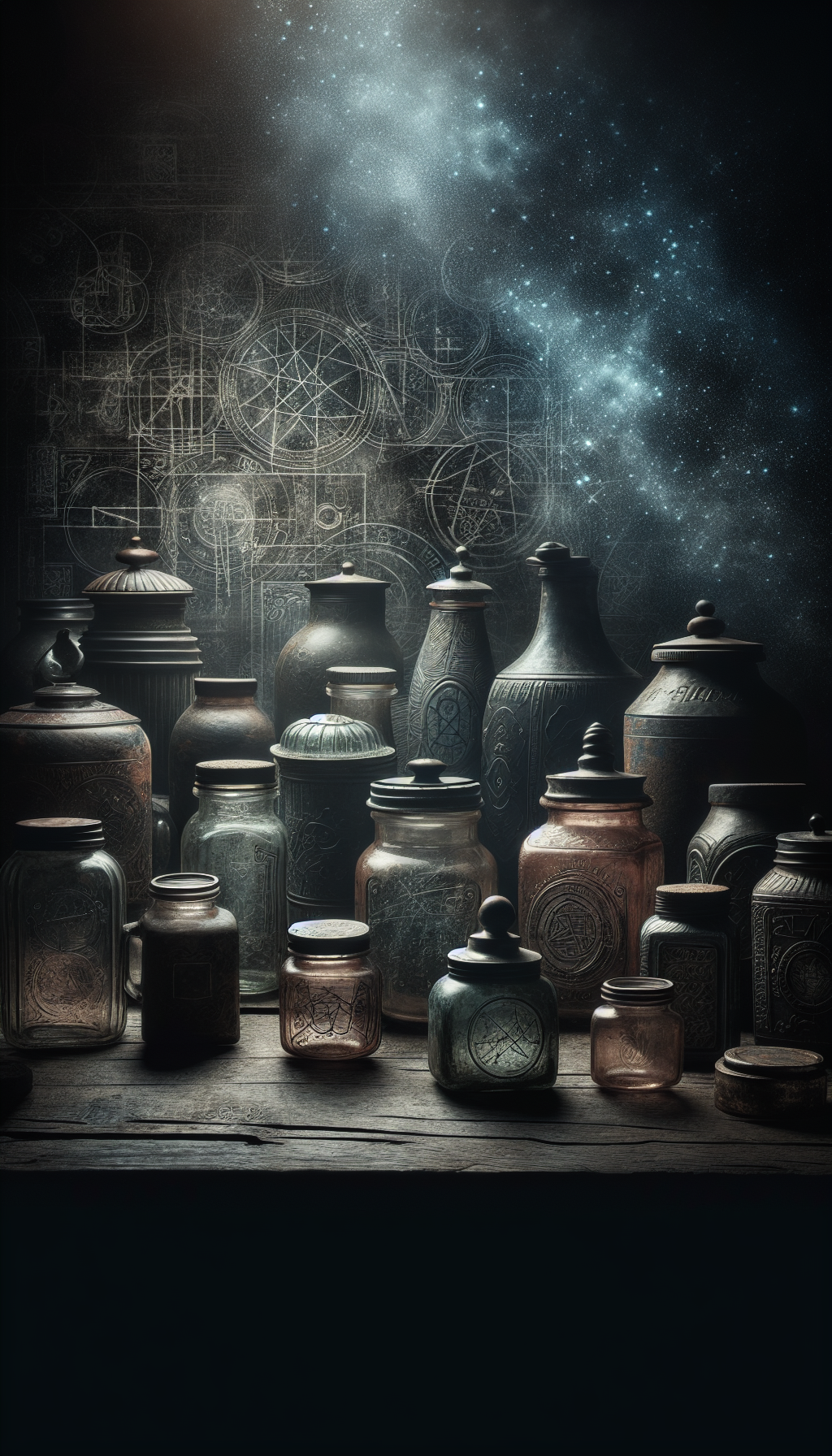Introduction to Value in Art
Value is often described as one of the fundamental building blocks of visual art, yet many people struggle to understand exactly what it means and why it matters. Whether you’re an aspiring artist, an art collector, or simply someone who appreciates art, understanding value is essential to developing a deeper appreciation of artistic works.

What Is Value in Art?
Value is one of the seven elements of art, alongside line, shape, form, space, texture, and color. Though it might seem straightforward, understanding value is vital for artists working in any medium—from traditional painting and drawing to digital design and photography.
According to the Cascadia Art Museum, “Value is the lightness or darkness of a color, and it adds dimension in a piece.” This simple definition captures the essence of what value contributes to artwork: dimension and depth.
Value works in both black and white compositions and color work. In black and white, value refers directly to the gradation from white to black through various shades of gray. In color, value describes how light or dark the color appears, regardless of its hue.
Key Value Concepts
The Value Scale in Art
The value scale is a tool artists use to understand and control the range of lightness and darkness in their work. A standard value scale moves from white (the highest value) to black (the lowest value), with various shades of gray in between.
Most traditional value scales contain anywhere from 9 to 12 distinct values, though some artists work with more nuanced scales that include additional intermediate tones. Learning to see and reproduce these distinct values is a fundamental skill for artists.
Why Value Matters in Art
There are several reasons why value plays such a crucial role in artistic creation:
Creates form and volume: Value changes across a surface create the illusion of three-dimensional form on a two-dimensional surface.
Establishes depth and space: Lighter values typically appear to advance (come forward), while darker values recede, creating spatial depth.
Directs viewer attention: The eye is naturally drawn to areas of high contrast or specific value arrangements, allowing artists to guide the viewer’s focus.
Conveys mood and atmosphere: High-key compositions (predominantly light values) often feel airy and optimistic, while low-key compositions (predominantly dark values) can create dramatic, mysterious, or somber moods.
Provides structure: Value patterns establish the underlying compositional framework of an artwork.
According to Draw Paint Academy, “Value in art is essentially how light or dark something is on a scale of white to black (with white being the highest value and black being the lowest value).” This fundamental understanding is essential for creating convincing visual art.
Historical Understanding of Value in Art
- 15th-16th Century
Renaissance Chiaroscuro
Leonardo da Vinci and other Renaissance masters developed chiaroscuro techniques, using strong contrasts between light and dark to model three-dimensional forms. - 17th Century
Baroque Tenebrism
Artists like Caravaggio pushed dramatic value contrasts to new extremes with tenebrism, featuring strong, directed light sources against dark backgrounds. - 19th Century
Impressionist Value Studies
Impressionists focused on capturing changing light conditions, paying careful attention to subtle value relationships in natural light. - 20th Century
Abstract Value Compositions
Modern artists began using value independently from representation, creating abstract compositions based on value relationships alone.
Value Techniques in Drawing and Painting
Artists employ various techniques to create and manipulate value in their work. Understanding these techniques can help both creators and appreciators of art recognize how value functions.
Value Techniques in Drawing
According to The Drawing Source, “A drawing is said to be a value drawing when it is in black and white, when it has no color. Black, white, and the many shades of gray in between the two are called values (and sometimes tones).”
Common value techniques in drawing include:
- Hatching: Creating value through parallel lines, with closer lines creating darker values
- Cross-hatching: Overlapping sets of parallel lines at different angles
- Stippling: Building up value through patterns of dots
- Scumbling: Creating value through loose, circular marks
- Blending: Smoothing transitions between values with tools like blending stumps
- Erasing: Removing medium to create highlights or lighter values
Value Techniques in Painting
As explained by Artists Network, “Value is the lightness or darkness a color or hue. In painting, value changes can be achieved by adding either black or white to the chosen color.” However, professional painters often create value shifts through more sophisticated means:
- Tinting: Adding white to lighten a color’s value
- Shading: Adding black or a complementary color to darken a value
- Glazing: Applying transparent layers to gradually darken values
- Scumbling: Applying light, opaque color over darker areas
- Chiaroscuro: Using strong contrasts between light and dark
The Relationship Between Value and Color
One of the most complex aspects of value is its relationship with color. Every color has an inherent value independent of its hue.
Value vs. Color
According to Elevate Your Art, “Value is one of the basic tenets of art. It refers to how light or dark a color is. For example, white is the lightest value and black is the darkest value.”
A common exercise for artists is to take a color photograph and convert it to grayscale. This removes the hue information and reveals only the value structure. Many artists are surprised to discover that colors they perceived as distinct actually have very similar values.
Understanding this concept helps artists avoid the common pitfall of relying too heavily on color differences without establishing proper value relationships. A composition with strong value organization will typically remain effective even when converted to black and white.

Value Approaches in Art
Artists throughout history have taken different approaches to using value in their work. Understanding these approaches can provide insight into various artistic styles and movements.
High-Key and Low-Key Value Approaches
High-key value scheme: Compositions predominantly using lighter values, often creating bright, airy, optimistic moods. High-key paintings typically use values from the upper half of the value scale, avoiding the darkest tones.
Low-key value scheme: Compositions predominantly using darker values, often creating mysterious, dramatic, or somber moods. Low-key artwork concentrates on the darker end of the value scale, with highlights used sparingly for emphasis.
Limited Value Range
A limited value range means working with only a portion of the full value scale. For example, an artist might create an entire composition using only middle values, deliberately avoiding the extremes of very light or very dark. This approach can create subtle, atmospheric effects but requires careful attention to small value shifts.
According to Draw Paint Academy, limited value ranges can create particular moods and atmospheres in paintings. For instance, focusing on darker values can create a mysterious, somber mood, while limiting a composition to lighter values often evokes a bright, airy feeling.
Analyzing Value in Well-Known Artwork
Examining how master artists have used value can deepen our understanding of this important element and help us appreciate artistic techniques.
Chiaroscuro and Dramatic Value
Renaissance and Baroque masters like Caravaggio, Rembrandt, and Vermeer are famous for their masterful use of chiaroscuro. In their paintings, figures dramatically emerge from deep shadows, creating powerful emotional and visual impact.
The technique creates:
- Strong sense of volume and form
- Dramatic mood and atmosphere
- Focused attention on illuminated areas
- Psychological intensity and emotional depth
Value in Impressionist Works
Claude Monet, for example, often used closely related values in his outdoor scenes, with subtle value shifts to depict the effects of atmosphere and changing light conditions. These paintings demonstrate how value can be used to create a sense of atmosphere and environment.

How to Improve Your Understanding of Value
Developing your “value vision” is an essential skill for artists and art appreciators alike. Here are some exercises and approaches to enhance your understanding of value:
Value Assessment Exercises
Try these exercises to improve your understanding of value in art
- Create a value scale from white to black with at least 9 distinct values
- Take color photos and convert them to grayscale to study value relationships
- Practice squinting at scenes to reduce color information and see value patterns
- Create a drawing using only 3-5 values from your value scale
- Experiment with high-key and low-key compositions of the same subject
According to the New York Times, “Values are best understood when visualized as a scale or gradient, from dark to light.” Working directly with value scales and gradients helps train your eye to perceive subtle value differences.
Additionally, Draw Paint Academy recommends several approaches to improve your understanding of value:
Practice with grayscale: Before attempting complex color work, practice creating value studies in black and white.
Squint at your subject: Squinting reduces color information and helps you see value patterns more clearly.
Use value finders: Tools like red filters can help you see values without the distraction of color.
Photograph and convert to grayscale: Digital tools make it easy to see the value structure of images or your own artwork.
Study master works: Analyze how great artists have used value to create depth and impact.
The Social and Economic Value of Art
Beyond the technical aspects of value as an element of art, there’s also the broader concept of value in terms of art’s worth and importance to society.
Art's Societal Value
According to Artland Magazine, “Another relevant element of art value is societal meaning. Art indeed is a means of communication, as it passes ideas, values, feelings from one person to another.”
Art provides value through:
- Cultural documentation and preservation
- Communication of complex ideas and emotions
- Social commentary and critique
- Educational resources and learning opportunities
- Community building and shared experiences
- Psychological and emotional wellbeing
Economic Value of Art
The Internet Encyclopedia of Philosophy explains that artistic value “is something had by all and only artworks as a measure of how good (or bad) they are.” This evaluation encompasses aesthetic, historical, and cultural considerations.
The economic value of artwork depends on numerous factors:
- Artist reputation and significance
- Historical importance
- Provenance and authenticity
- Condition and conservation
- Medium and technical execution
- Subject matter and cultural relevance
- Rarity and scarcity
- Size and display requirements
- Current market trends and collector interest
Common Questions About Value in Art
Understanding Value in Art: FAQs
How would you define value in art?
Value in art refers to the lightness or darkness of a color or tone. It is one of the seven fundamental elements of art, alongside line, shape, space, form, texture, and color. Value is the quality that defines how light or dark a specific area appears, regardless of its color. It creates the illusion of three-dimensionality, depth, and volume in two-dimensional artwork.
Value can be understood as a scale from white (highest value) to black (lowest value), with various shades of gray in between. In color artwork, every hue has an inherent value regardless of its color properties.
What is an example of value or tone in art?
A classic example of value or tone in art is a simple sphere drawn with shading. The sphere shows a gradation of values from the highlight (lightest area where light directly hits the surface) through midtones to the shadow areas (darkest values). These value changes create the illusion that the flat drawing is a three-dimensional object.
Another example is a landscape painting where distant mountains appear lighter in value than foreground elements, creating the illusion of atmospheric perspective and depth. Value or tone helps artists represent how planes of form interact with light sources to create three-dimensional appearances.
What is the definition of value in drawing?
In drawing, value refers to the relative lightness or darkness of lines, marks, and shaded areas. A value drawing is typically executed in black and white (or monochrome), focusing entirely on value relationships without color. Black, white, and the various shades of gray between them constitute the value range in drawing.
Artists create different values in drawing through techniques like hatching, cross-hatching, stippling, and blending. The arrangement of these values creates the illusion of form, texture, and three-dimensional space on a flat surface. Value is particularly important in drawing since many drawing mediums (like graphite or charcoal) are inherently monochromatic.
What are the 7 elements of art value?
Value is one of the seven elements of art, not seven elements of value itself. The seven elements of art are:
- Line: The path of a point moving through space
- Shape: A two-dimensional area defined by boundaries
- Form: Three-dimensional shapes with volume and mass
- Space: The area within, around, between, or behind objects
- Value: The lightness or darkness of tones and colors
- Texture: The surface quality of an object
- Color: Hue, intensity, and value of pigments
Value specifically refers to the element that deals with lightness and darkness. It is crucial for creating the illusion of form, depth, and three-dimensionality in artwork.
What is a value scale in art?
A value scale in art is a tool that shows a gradation from white (lightest value) to black (darkest value), with intermediate shades of gray between them. It serves as a visual reference that artists use to understand, compare, and control the range of values in their artwork.
Typically, a value scale includes anywhere from 9 to 12 distinct values, though some artists work with more nuanced scales. The scale helps artists determine how light or dark to make various elements in their composition to create convincing form and depth. Value scales can be created in any medium, from graphite and charcoal to paint, and are an essential teaching and reference tool for artists at all levels.
How does value differ from color in art?
While value and color are related, they represent different properties in art:
- Value refers solely to the lightness or darkness of a tone, regardless of its hue.
- Color refers to the specific hue (like red, blue, or yellow), along with its saturation and value.
Every color has an inherent value. For example, a pure yellow is naturally lighter in value than a pure purple. Artists can change the value of any color by adding white (to lighten) or black (to darken).
A helpful exercise to understand this distinction is to convert a color image to grayscale. This removes all color information, leaving only the value relationships. Many artists find that what seemed like strong color contrasts may actually have similar values, which can make a composition less effective than intended.
Why is value important in creating realistic art?
Value is arguably the most important element for creating realistic art because:
- It creates the illusion of three-dimensional form on a flat surface
- It establishes depth and spatial relationships between objects
- It helps represent how light interacts with different surfaces
- It creates focus and emphasis through contrast
- It contributes to the overall mood and atmosphere
Even with perfect proportions and perspective, a drawing or painting without proper value relationships will appear flat and unconvincing. Many art instructors teach that if you get the values right, you can be less precise with other elements and still create convincing realism. This is why many artists practice with black and white studies before adding the complexity of color.
What is chiaroscuro and how does it relate to value?
Chiaroscuro is a technique that uses strong contrasts between light and dark values to create the illusion of three-dimensional form and volume. The term comes from Italian words "chiaro" (light or clear) and "scuro" (dark or obscure).This technique was mastered by Renaissance and Baroque artists like Leonardo da Vinci, Caravaggio, and Rembrandt. In chiaroscuro, the artist creates dramatic lighting effects with a limited value range, often with a single dominant light source illuminating subjects against a dark background.
Chiaroscuro demonstrates the power of value to create drama, focus attention, and produce the illusion of three-dimensional form. It remains influential in contemporary art, photography, and cinematography, showing how the strategic use of value can create powerful visual and emotional effects.
External Resources for Learning About Value in Art
Learn More About Value in Art
The Elements of Art - Value
The Virtual Instructor offers a comprehensive explanation of value as an element of art, with examples and practical applications for artists.
Understanding Value and Tone for Better Painting
Artists Network provides practical guidance on how to understand and apply value concepts to improve your painting techniques.
What Is Value in Art and Why Is It So Important?
Draw Paint Academy offers an in-depth exploration of value in art with practical exercises to improve your understanding and application of value.
Analyzing the Elements of Art: Four Ways to Think About Value
The New York Times presents four different approaches to thinking about and analyzing value in artwork, with examples from art history.
Elements of Art - Value
Cascadia Art Museum provides a concise explanation of value as an art element with visual examples and applications.
Value in Art Examples: Understanding One of the Art Elements
Artsper's blog offers numerous examples of how value is used in art, with illustrations from contemporary and historical artwork.
Conclusion: The Lasting Value of Value
Value is not just a technical aspect of creating art—it is a fundamental principle that underlies our visual perception of the world. Understanding value helps artists create more compelling work and helps viewers appreciate the technical and emotional aspects of art more deeply.
Whether you’re working in traditional media like oil painting and drawing or digital formats, mastering value is an essential step toward creating effective visual art. The ability to see, understand, and manipulate value relationships separates novice artists from masters and casual observers from informed art appreciators.
As you continue to explore the world of art, pay special attention to how artists throughout history have used value to create form, establish mood, direct attention, and convey meaning. By developing your “value vision,” you’ll gain a deeper appreciation for the technical skill and creative thinking behind great artwork.



